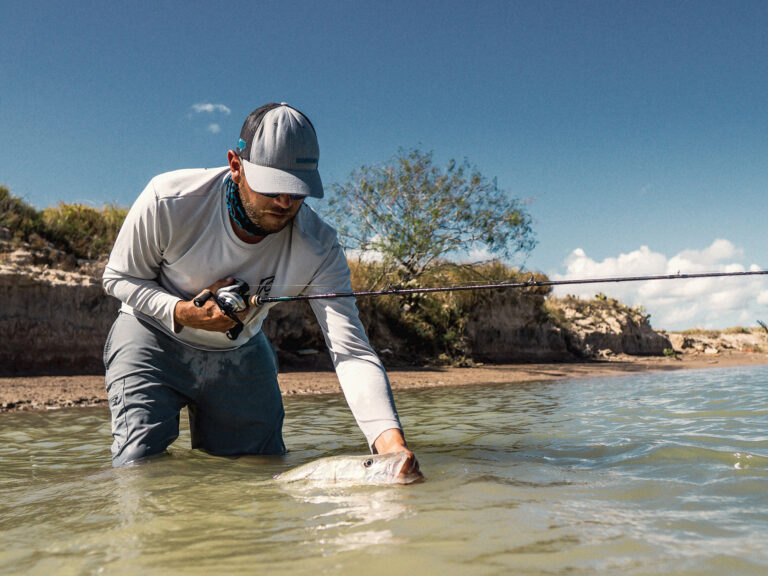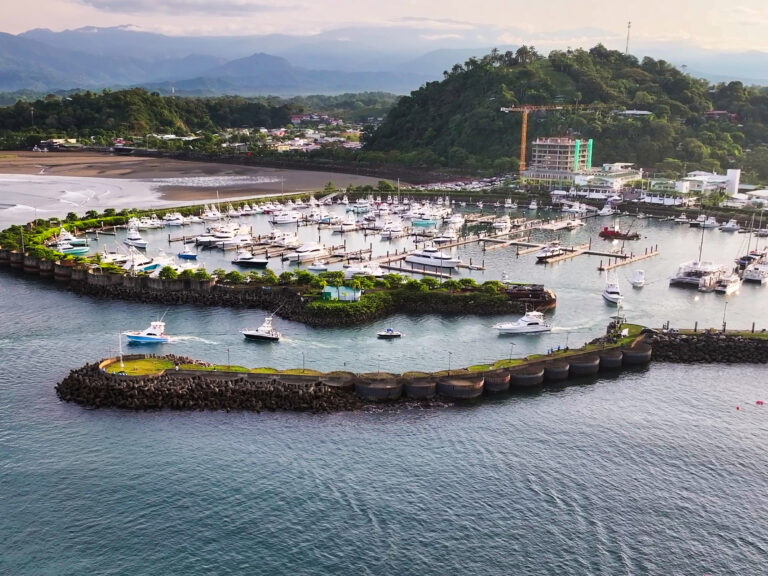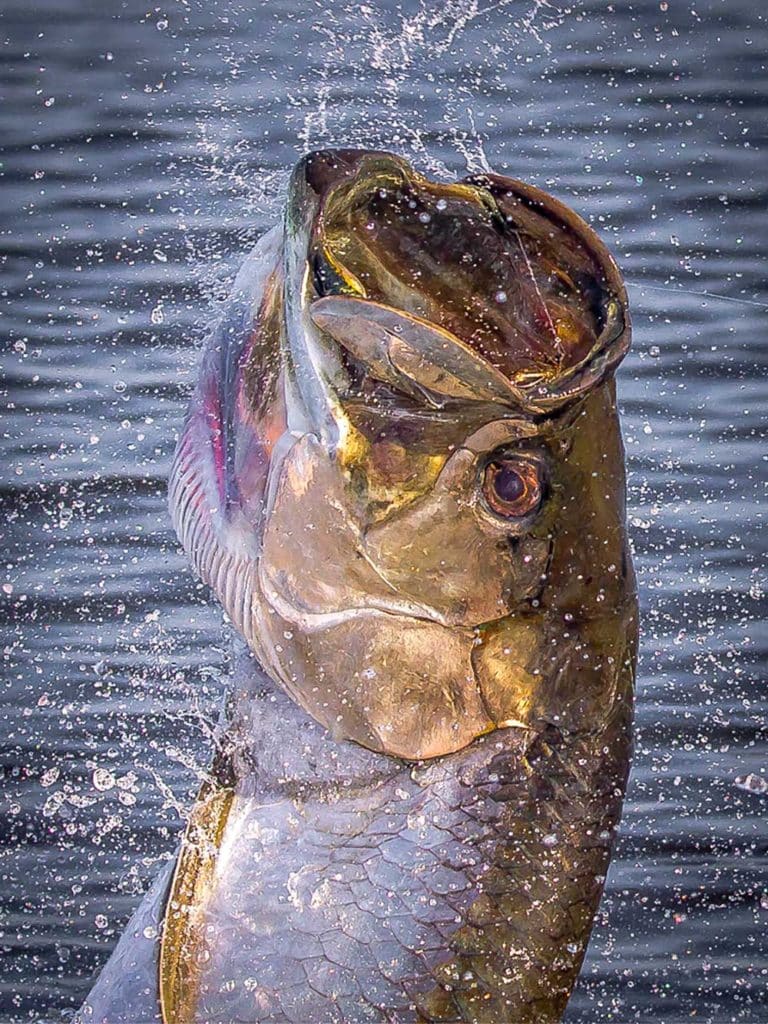
Megalops atlanticus has been around for millions of years and has developed a number of habits and tendencies that we as anglers can predict to help our cause. Understanding tarpon’s behavior, including how they move, where they want to be as they travel, and in what kind of areas they like to hold, will vastly increase your chances for success.
For starters, adult tarpon spend the majority of the year out in deeper water until the temperature rises to the right level to trigger their drive to spawn, which prompts the fish to move in and out of coastal estuaries following the ideal water temps while traveling along both Florida coasts. This big, annual migration usually starts sometime in April, although after unusually warm winters, it could get underway sooner.
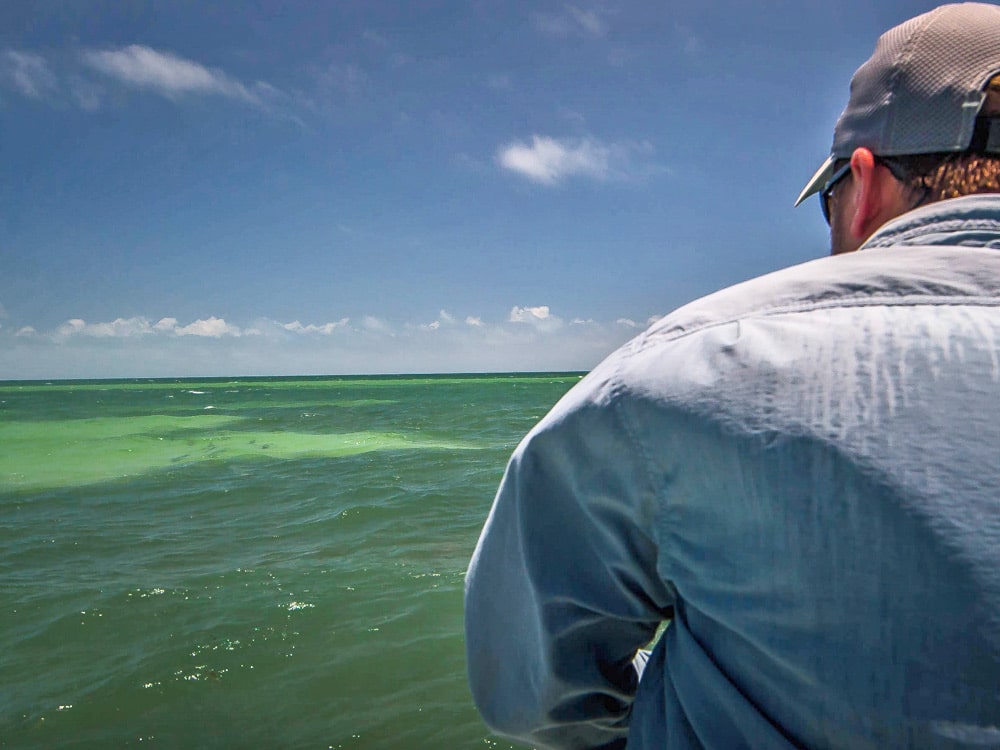
You’ll find tarpon over any type of bottom, they swim over hard sand as easily as over grass and mud bottom. But the silver king likes to swim along edges and follow contours, using these transitions as highways during their migration. But the fish travel at different depths in the different stretches of both Gulf of Mexico and Atlantic coasts of the Sunshine State, so figuring out these highways can take some time. Nevertheless, searching in three to 6 feet of water is a good starting point.
Keep in mind that tarpon also push into interior bays and rivers, and stage in basins that are in close proximity to the inlets and passes they use to come in from their ocean journey. When looking for such holding areas, try to pinpoint zones — a little deeper than the surroundings — where the fish can relax and lay up or roll about undisturbed. In my experience, these spots produce best after a new or full moon, which is when tarpon move back inshore after spawning to recover, feed, and recharge before the next stretch of their migration.
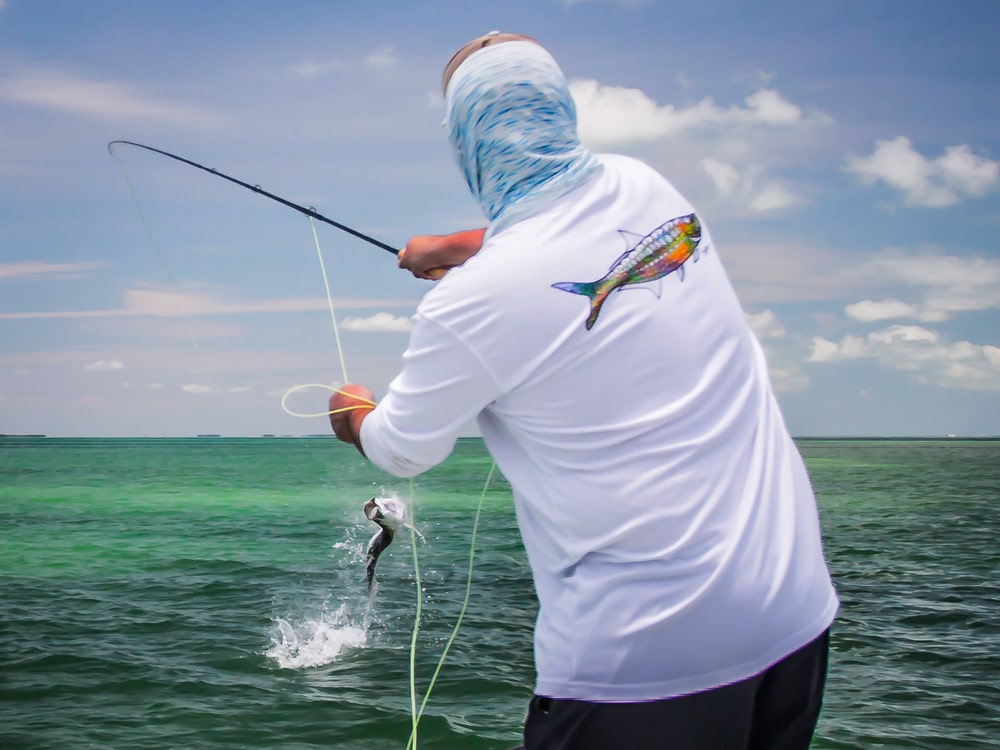
When thinking about wind and tide and how they affect a tarpons movements you don’t want to over think things. Use your senses to think like a fish. When the tide is coming in, the fish will move in to basins inside the passes, hold tighter to banks on the ocean or swim spots, etc. As the tide moves out the fish will vacate the basins and flood out of the passes where they can be fished on the bars out in the ocean. While fishing them out on the beaches a general rule is as the tide drops, the fishes line will move further out.
The equalizer to all these general rules on tide depends on the wind and what its doing. an on shore wind on the ocean will push fish shallower then they would typically swim and an offshore wind will do the opposite. When figuring out areas a tarpon swims you need to take this into consideration along with the tides.
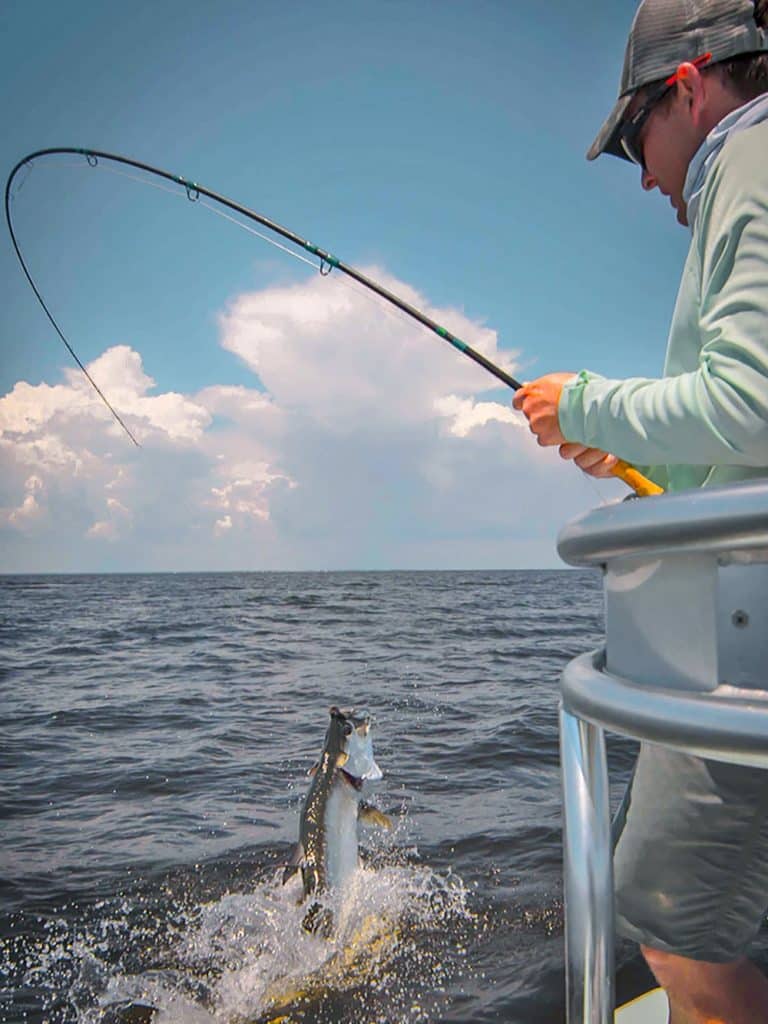
Once you have figured out some tarpon hangouts, you need to perfect the techniques to feed them. When casting at swimming fish, the most common mistake is not leading them far enough. People underestimate how fast these fish are moving, and by the time the fly hits the water, it’s too close and the game is already over.
In clear water situations, I tell my anglers that if the tarpon sees the fly land, they will reject it about 98 percent of the time. So when you make your cast, you must anticipate where the fish will be in 20 feet and deliver the fly to that spot. Let the tarpon discover the fly on its own, like it just came across a potential meal, then make that meal try to get away to entice the bite.
When casting at strings of fish, I like to position the boat where my angler can take a shot at the first fish on a direct line. If that fish eats, great! If it doesn’t, you’ve got the remainder of the string to work with. Then the idea is to cast the fly across the string and work the fly into them, on an angle greater than 90 degrees to show the offering to as many of the fish as possible. Sometimes 90-degree crossing shots work, but the ideal angle is greater than 90.
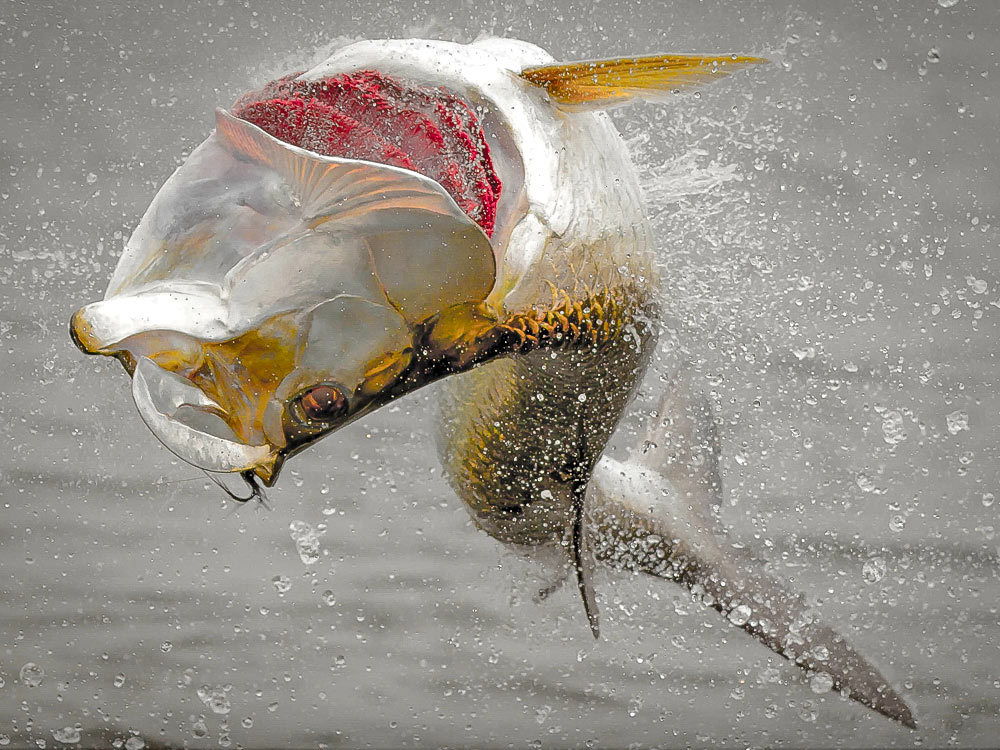
The type of lead described above doesn’t apply for swimming tarpon in dirty water situations. When the fish can’t see the fly land 10 feet in front of them, it’s OK to be more aggressive, but you still don’t want to drop the fly right on their nose. It’s best to give them a 6- to 8-foot lead and be ready to work the fly as soon as the fish comes up behind it.
When fishing rolling tarpon, first, quickly analyze the speed and angle of the roll. If the fish are rolling fast and swimming, lead them more and cast in an angle that allows your fly to cross the tarpon’s path as they approach. If the fish are rolling slowly and going down, look for bubbling close to where they last rolled and put the fly close to it.
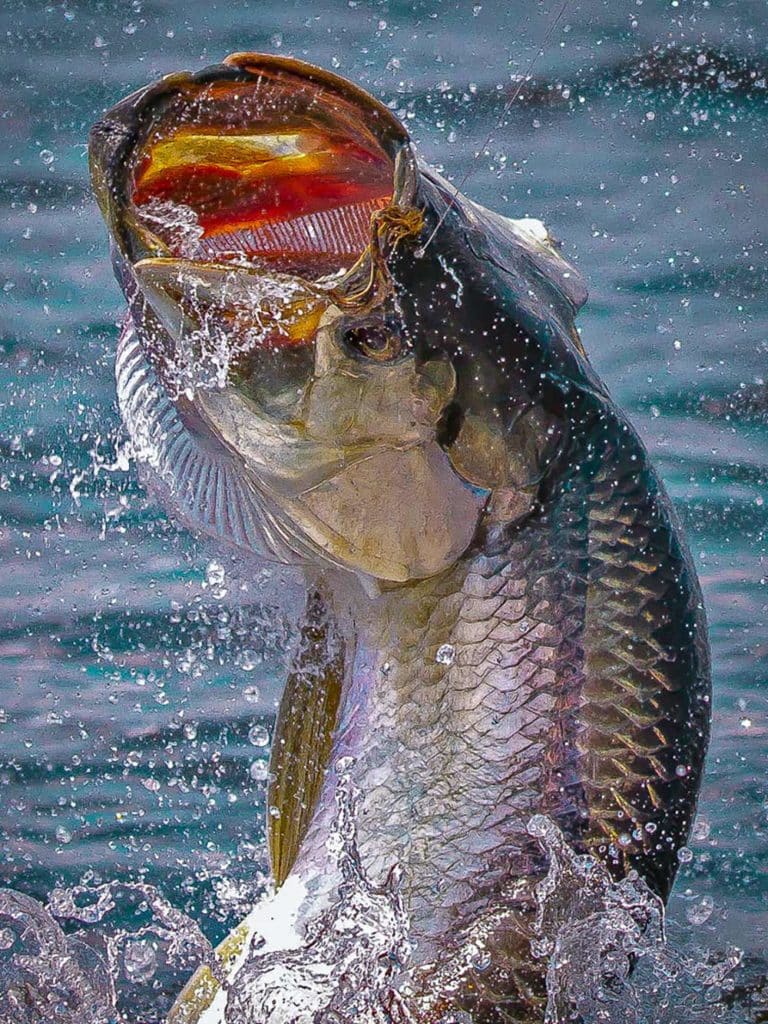
Tarpon have a mouth configuration that requires them to almost always approach from below and move up, not down, to eat their prey. To target swimming or laid-up tarpon on the surface, use a higher riding fly that stays in their face and won’t sink below the fish.
When fishing to daisy-chaining tarpon, figured out the direction in which the chaining fish are swimming, either clockwise or counter clockwise, and make sure you fish the side of the circling chain where the fish are coming at you, working the fly with the flow of fish and not against the grain. The trick is to show the fly to as many of the tarpon as possible, stripping the fly slowly for best results.
If you are in an area where tarpon are hugging the bottom, there are a few techniques that pay off. First, you can go to a heavier fly to get down to the fish, or you can opt for an intermediate sink-tip fly line to help get your fly in the zone. I fish much slower for tarpon holding or cruising deep as they tend to be a bit more lethargic.
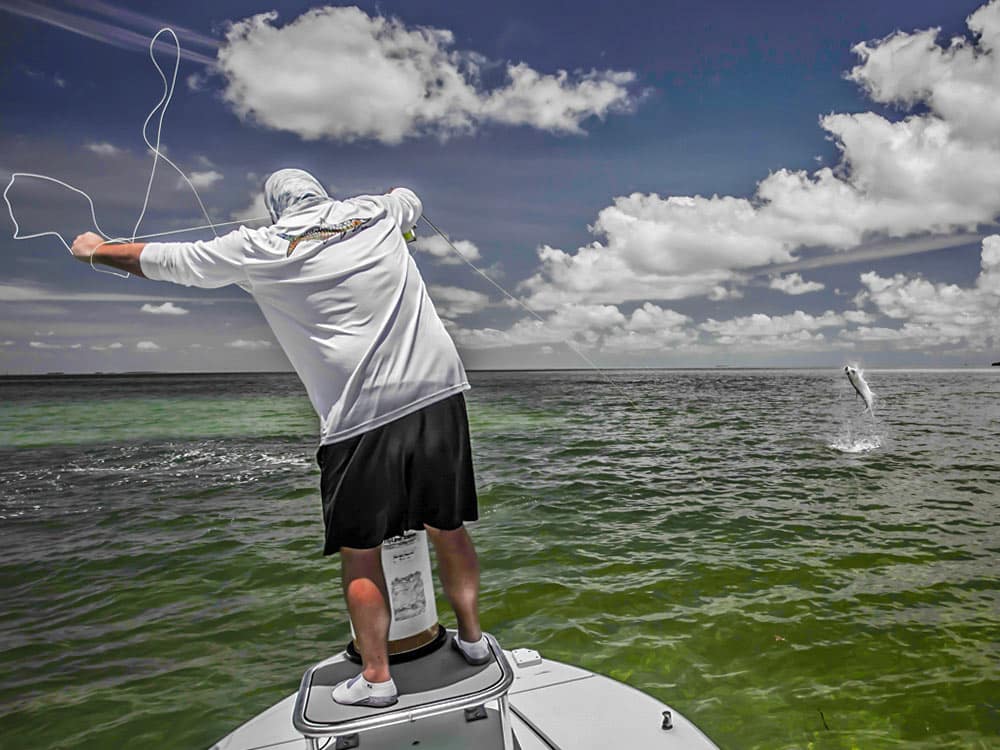
When it’s overcast and windy, I find that tarpon tend to swim shallower and, in a protected area, roll later into the day. If I’m targeting swimming fish, I concentrate on areas where they have to swim into the wind and cast a wake in the process, which makes them easier to spot when visibility is low. If I cant find this situation, I look for basins sheltered from the wind where I can get shots at rolling fish.
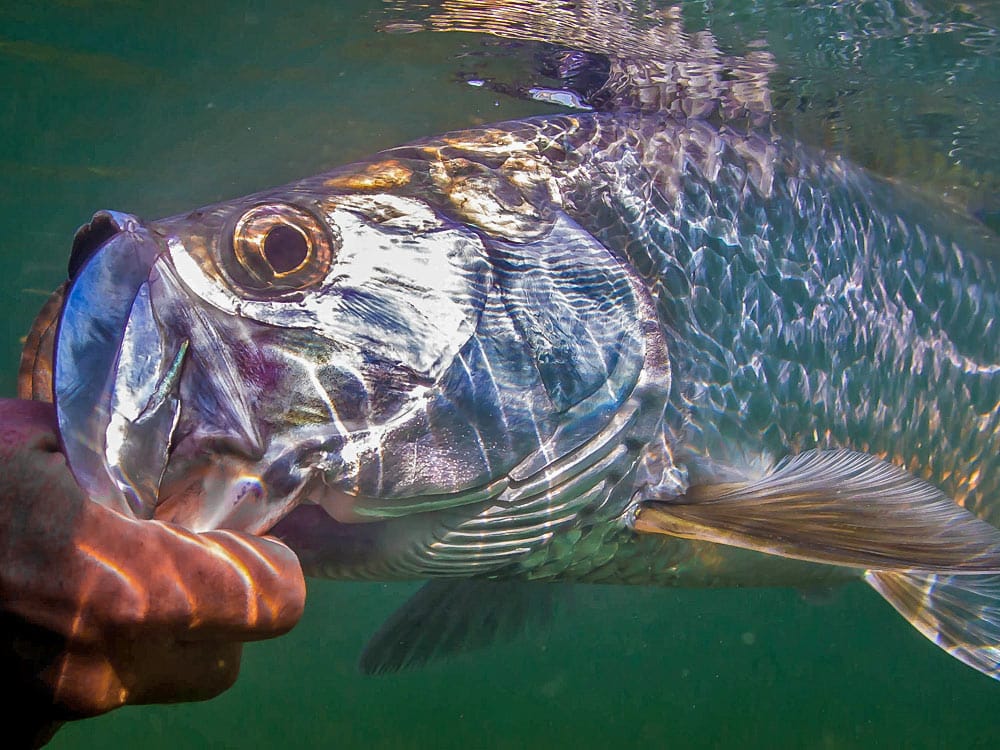
When coming into an area to look for rolling tarpon, be patient and use caution if there’s already another boat fishing. Approach slowly, shut down outside the basin or at a safe distance, and use your pushpole or your trolling motor to get in position, giving the other boat plenty of room to move around. If you can hear the guys on the other boat talking, you are probably too close.
If you see another boat when coming into a spot where you expect to find swimming tarpon, determine which way the anglers are looking so you know what direction the fish are coming from. You don’t want to jump in front of another and unknowingly cutting a fish off by running over the line. Instead, fall back in line and take the number two spot, where you will still get plenty of opportunities while respecting the boat that got there first, and maybe gaining some knowledge in the process.






